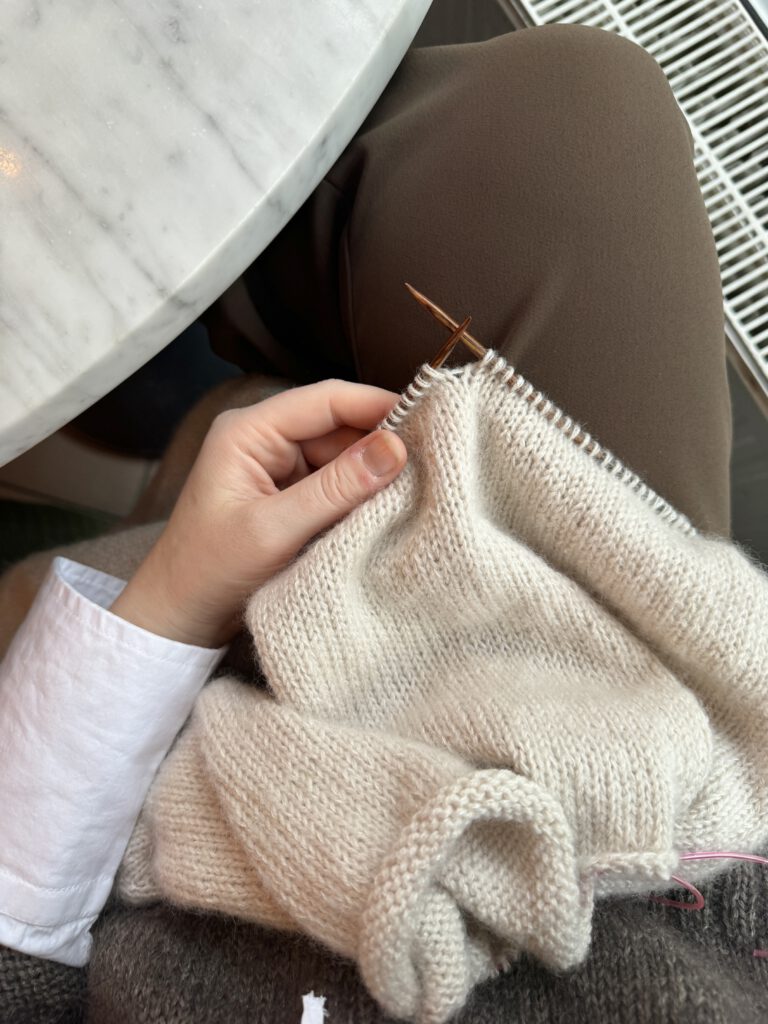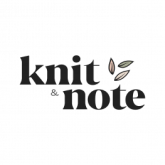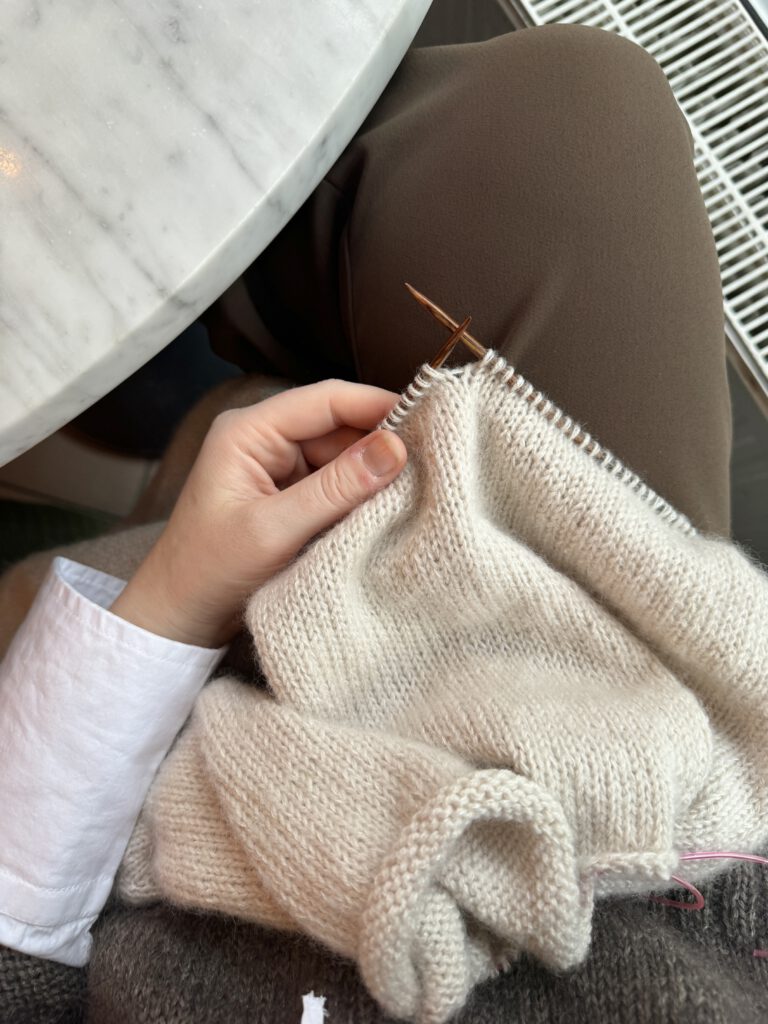It is common when you are learning how to knit to see an abbreviation that you don’t recognize. There is a lot of lingo in knitting, and it can take time to pick up on all the special terms and acronyms. Some designers will include a description of all the abbreviations they use, while others might take for granted that people using their patterns already know the shorthand, or will look it up somewhere else. If that’s what you’re doing right now, then we’re here to help! In this post we’ll be covering the kfb knitting stitch.

What does kfb mean in knitting?
Your first burning question might be, what do the letters kfb even mean? Kfb stands for “knit front back.” This stitch is used to increase the number of stitches in your knitting by creating an additional stitch. As the name suggests, you knit into both the front loop and back loop of a single stitch. By knitting two stitches from the same stitch, you have increased the total number of stitches by one.
How to make the kfb stitch
- Knit into the front loop of the stitch, as you normally would when knitting
- Do NOT slip the stitch from your left needle
- Knit into the back loop of the same stitch
- Slip the stitch off your left needle
Video Tutorial
Here is a short tutorial showing you how to make the kfb stitch:
When to increase with kfb
Increases often occur in the middle of your row. They are usually applied sparingly, on every other row of knitting, so that the number of stitches increasing isn’t too drastic. There are several different techniques to choose from to increase the number of stitches while knitting. The kfb stitch is one of many, including the commonly used make one right (m1r) and make one left (m1l). One big difference is how these increase stitches look in your work. While both are visible, the m1 stitches create a more seamless looking, smooth increase. On plain stockinette fabric, the kfb creates a bar that can look a bit like a purl stitch. As a result, this stitch might also be called a bar increase. This bar effect is often used as a design element by designers, so be sure to take that into account when reading different patterns.
We hope that this short post gave you a good introduction to the kfb stitch. The name itself serves as a pretty good reminder of exactly how the stitch is made, making it an easy stitch to add to your knitting toolbox. Give it a try in an upcoming project, and let us know how it goes!




